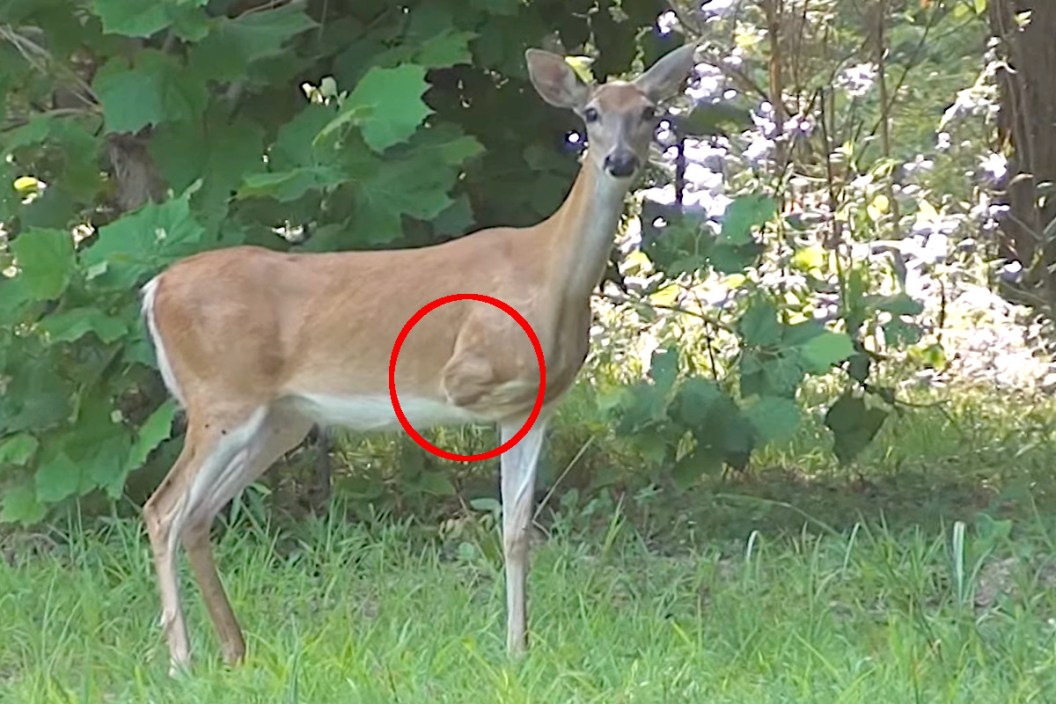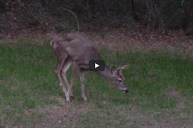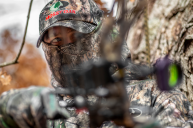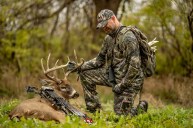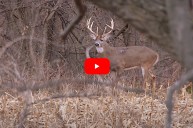Every hunter knows mother nature can be ruthless. It's not uncommon for deer and other big game animals to snap a leg, get cut by a rival's horns or antlers, or for a critter to lose a limb completely. If they escape the encounter that wounded them, many of these animals will often try to survive with their injuries. It's usually a losing battle. If an infection doesn't set in, the animal will have problems once winter sets in or from natural predators designed to pick off the sick and the injured. That's when we have to think about mercy kill hunting.
The brutality of nature puts human hunters in an interesting spot. We can end an animal's suffering more humanely than nature would allow. But should we? And if we intervene, how do we determine that the animal is doomed anyway? It's a complex ethical question without easy answers.
When To Perform Mercy Kill Hunting
Injuries to Limbs Or The Back
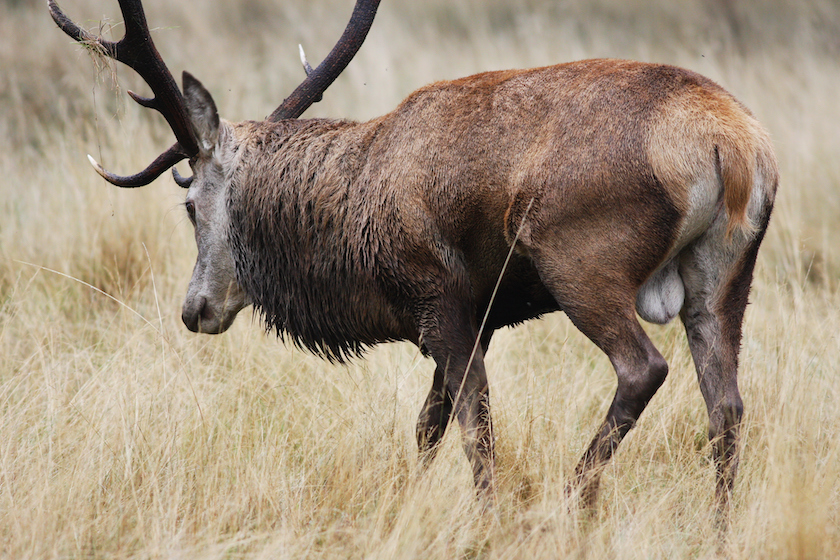
Whiteway via Getty Images
Many years ago, I had a doe in my hunting area with a lump on one of her back legs the size of a coconut. Most hunters would see that deer hobbling about and immediately assume she was suffering and doomed. However, I saw her every year for five or six seasons, to my amazement. At one point, I had her at full draw from my stand, and I ended up letting down and letting her go. I just couldn't do mercy kill hunting at that point. I respected her too much as a survivor. The point being it's easy for us to assume some injury or ailment is fatal for deer and other animals. However, sometimes they surprise us. That doe had fawns every year until she disappeared, I'm assuming by natural causes. I never did find out what that considerable lump was on her leg. Whatever it was, it was permanent, but it wasn't fatal.
It's easy for us to assume an animal with a leg injury is doomed, but whitetail deer are pretty resilient. If you start searching around the Internet, you'll find plenty of examples of hunters who witnessed and documented wild deer surviving for years missing a limb. Try to glass and examine the wounded limb with binoculars to determine the wound's freshness. It may be a little premature to assume a deer with a slight limp is a dead deer.
Perhaps a better judge of the animal's ability to survive is to watch with how much ease it is moving. Suppose it's hobbling right along with no apparent signs of pain. If it's just standing in one spot, and every step looks like agony, that's probably a good indicator the animal is doomed anyway. If the animal keeps falling over or has difficulty standing, that's probably another good time to pull the trigger.
Unless you have an extreme case like that deer that walked past a trail camera with a massive chunk of his back missing a few years ago, I'm a little hesitant to assume we should always immediately put down a deer with injuries to their back or shoulders. Unless it's obvious the deer has just been shot by someone else. There's always a chance they haven't succumbed to their injury yet.
Some hunters quickly assume warts on a deer are an immediate sign they should be put down. However, these cutaneous fibromas, caused by a papillomavirus, are usually harmless to the animal and will clear up on their own. Unless the warts are directly on a deer's face interfering with its ability to breathe or feed, you can probably let that deer pass unless it's the one you want to harvest.
Injuries to the Head or Jaw
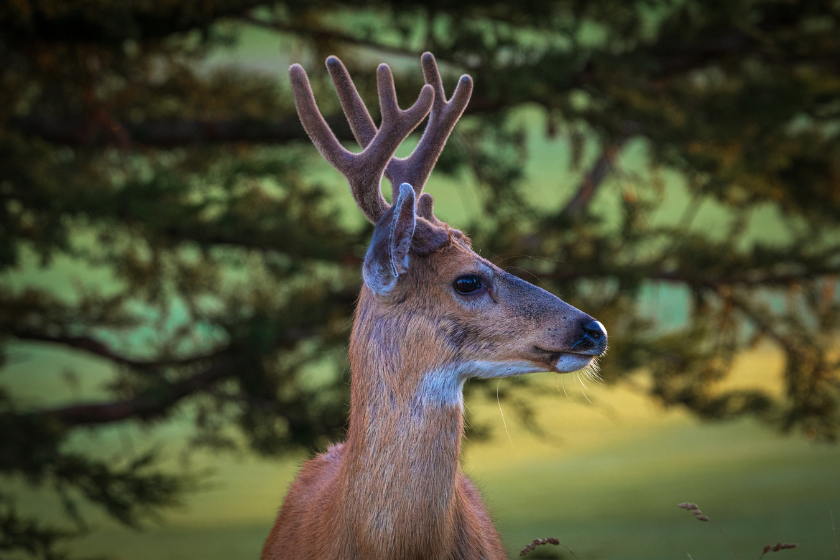
EmilyNorton via Getty Images
The most uncomplicated call in the world is an injury to an animal's skull or face. If the deer's jaw is busted, or it's got other injuries to its mouth, it's not going to be able to feed, and the odds of survival are slim. It's probably a safe call to harvest any "Bullwinkle deer." A food impaction causes a condition in the jaw that affects the ability of the animal to chew its food and can result in a fatal bacterial infection.
Many bucks suffer head injuries in fights with rivals that can lead to nasty abscesses in the brain or other areas. These types of damage are bacterial infections; antibiotics are the only way to treat them. Without those in nature, death is very likely, especially if a deer has a brain abscess. If you suspect a deer has one of those, it's probably a good idea to end their suffering by mercy kill hunting.
Head and jaw injuries aside, you want to judge each animal on a case-by-case basis. There are some genuinely nasty deer diseases and ailments that are entirely survivable. Then there are the obvious ones like EHD or CWD that can make deer lose their fear of humans and look listless. Physically, the deer may look fine. But on the inside, they might be suffering. It would be best if you watched the animal's body language for the subtle signs something may be fatally wrong and then made a decision.
Tag Use and Letting Nature Take Its Course
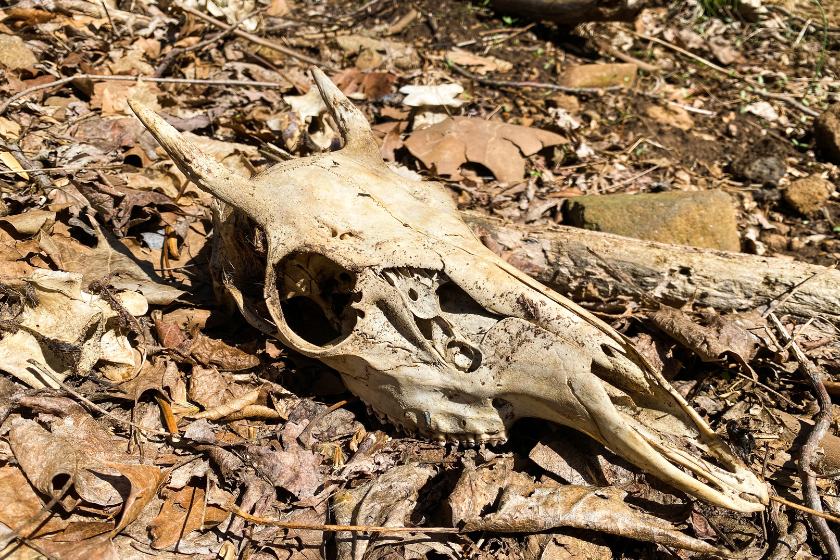
Andrew Nestler via Getty Images
It's up to each hunter to decide how to use their tags. We get it. In some states, you might only get one buck tag a year and be hesitant to fill it on a smaller deer to end its suffering. If you've got a wounded animal that's a regular in your area, it might be worth calling a local conservation officer to see if you can get a replacement tag after making a mercy kill while hunting. They won't do it all the time, but we've heard of some rare exceptions if the meat from the mercy-harvested animal is donated to a worthy cause.
One could easily argue hunters don't need to harvest an animal they hadn't planned on shooting just because it appears to be mortally wounded. Whether we like it or not, nature has designed predators like wolves, coyotes, bears, and many others to prey upon the sick and injured. Most wounded critters don't last long if any of these other animals are present. It's a rough way to go, but it is the way nature has traditionally operated for millions of years.
However, I think most of us can't stand the sight when we see a deer or other animal hobbling about on a broken leg or showing other signs of distress. We feel like we are at the start of the land, and we usually want to end that suffering quickly. It feels like an obligation to the animals we all love and respect. None of us wants things to come to that point, but in the end, as predators, perhaps it is ingrained in us to do exactly what the wolves, bears, and coyotes are doing, taking care of the sick and the weak.
For more outdoor content from Travis Smola, follow him on Twitter and Instagram. Check out his Geocaching and Outdoors with Travis YouTube channels for original videos.
